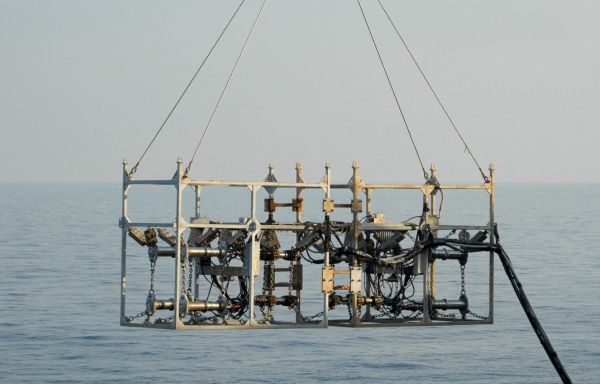Oil & Gas Leases: The Hidden Duty to Develop

One of the first things an oil and gas company must do before they can drill a well is to obtain the mineral rights for the land they want to drill on. The most common way to do this is to lease the mineral rights to the land. These leases come with certain unwritten obligations recognized by the courts and known in the legal world as “implied covenants.”
Oil and gas leases contain several implied covenants. One of them is known as the “Duty to Develop.” This refers to the obligation of an oil and gas company (the lessee) to make reasonable efforts to explore and develop an oil and gas lease. Whether or not an oil and gas company has lived up to its obligation to develop a lease responsibly may become a matter of dispute and sometimes ends up in the courts.
Understanding the subsurface geology is often critical in determining whether a company has met its obligations. The question often comes down to whether a company can profit from additional drilling or other development activities. Answering this question is, at least in part, frequently dependent upon the potential quantity of oil and/or gas in the subsurface. These questions require the expertise of geologists and often additional subsurface professionals such as geophysicists, petrophysicists, reservoir engineers, and others.
The following provides an example in which an operator was found to have breached their obligations to make reasonable efforts to explore and develop oil and gas in a lease, while exploring the role geology played in the case. The case went to court in the 1980s, but its origins can be traced back to the 1930s when a major oil and gas company leased a 10,000-acre tract of land along the onshore Texas Gulf Coast.
The company used seismic reflection technology to explore for oil and gas on the lease. The use of seismic reflection data in oil and gas exploration is common and standard operating procedure today, but in the 1930s, it was leading-edge technology. The use of seismic data enabled the discovery of oil and gas in a sandstone layer in a rock unit called the Frio Formation. The discovery was made in the early 1940s.
Over the next decade, the company found three more oil and gas-bearing sandstone layers in the Frio Formation. By the time the case went to trial, the company had drilled 64 wells and acquired an additional 13 seismic surveys. The field covered an area of over 1,100 acres. It had produced over 100 million barrels of oil, over 100 billion cubic feet of gas, and over 50,000 barrels of condensate, with royalties providing an average income of $10,000 per day. At the time of the trial, 37 wells were still producing.
However, 8,900 acres of the 10,000-acre plot remained unexplored and undeveloped. Fields along the Texas Gulf Coast were also known to produce hydrocarbons from slightly deeper and older sandstones in the Vicksburg Formation. The case hinged on the question of whether the operator had fulfilled its obligation to explore the remaining 8,900 acres and test the potential of the Vicksburg Formation.
The above excerpt has been adapted with the author’s permission. Click here to read the full case study.
Andrew J. Davidoff, Ph.D., P.G.
Geology, Geophysics, and Earth Science Expert
View all articles by Andrew J. Davidoff, Ph.D., P.G.
